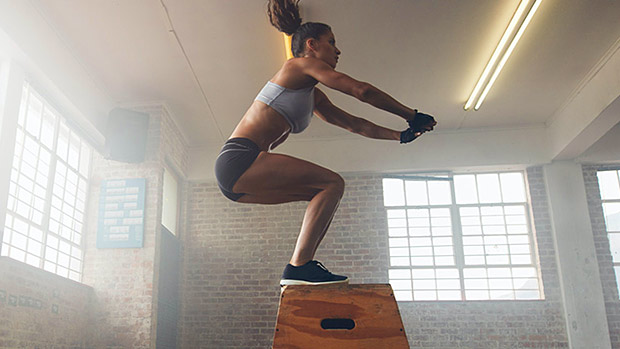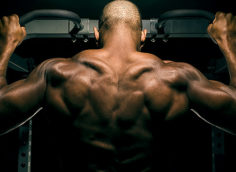There are a lot of knowledgeable strength and conditioning coaches on social media. These coaches understand how to write a solid strength program and properly utilize equipment and exercises to get results. They post great videos that help tons of people.
Unfortunately, there are also a lot of morons on social media posting all their workouts. And a lot of this stuff is ineffective, can get you injured, and definitely makes you look like a jackass.
For the lay person who doesn't spend their entire day studying this stuff, it's hard to know the difference. If you see a really jacked dude, or a lady with a commandingly large derriere, it can be very tempting to try what they're doing. So here's a brief guide to help.
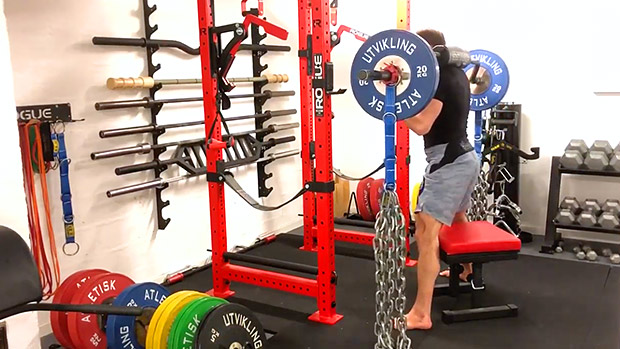
What they should be used for:
Bands and chains serve the purpose of adding accommodating resistance to an exercise. You'll often see them used on a squat, bench press, or deadlift.
The idea is to provide less resistance at the bottom of the movement and more resistance at the top. This allows the lifter to improve bar speed out of the bottom portion of the lift while adding gradual resistance as the lifter completes their rep (the chain comes off the floor, adding weight to bar, or the band stretches out, adding resistance).
Accommodating resistance can also serve as a way to add core stability and balance to a movement.
What they should NOT be used for:
Make sure you're not using bands and chains for exercises just because you think it makes you look cool. I readily admit, there is a bit of a "wow factor" when someone uses bands or chains, but that immediately goes away and turns into a "what the hell is that person doing?" factor when that guy or gal has no idea what he's trying to accomplish.
As an example, I recently saw someone using bands for Olympic lifts. Although the exercise looked "dynamic" it greatly messed up the lifter's bar path and technique, and greatly increased the chance of injury.
Also, as a word to the wise, you should have an idea of how much resistance bands will provide before using them. Using a band that's too heavy for you can quickly become dangerous if you can't re-rack your weight. One more thing: You have to be careful taking the bands off the bar. If you take a band off one side, this could catapult the bar off the rack. It's hilarious... as long it happens to someone else.
Who should use bands and chains?
If you're an experienced powerlifter, strongman or bodybuilder, by all means, use bands and chains. If you can't do a bench press, squat, or deadlift with proper technique, however, you have no business adding these implements.
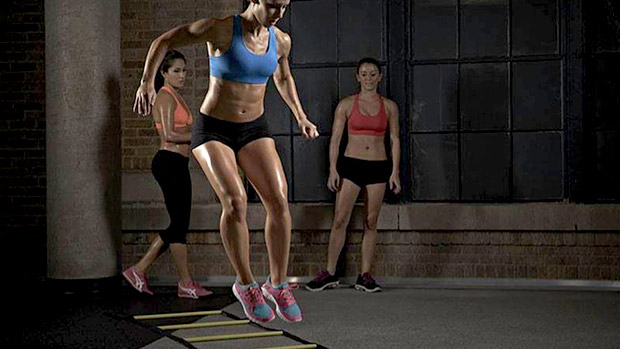
What they should be used for:
Agility ladders, cones, and hurdles can increase foot speed and enhance coordination. Agility drills can serve as a great warm-up tool to fire up the nervous system for your strength or speed workouts.
They can also be used for incorporating jumps into your program – a great way to develop power. Adding simple drills can also serve as a conditioning tool.
What they should NOT be used for:
Although the videos of athletes doing agility ladder movements, running around cones in the sand, or performing Ninja Warrior obstacle courses looks cool, it really doesn't do much for your speed (although it may make you a better dancer).
If you actually want to get faster, agility ladders are not the way to go. Speed is determined by the amount of force you can put into the ground. Doing light "toe touches" through ladders isn't going to help with that. If you want to get faster, you need to get strong and practice sprinting.
Putting all your focus into small movements with agility ladders and hurdles is a lot like only working small muscle groups when you lift. For the most part, it's going to be pretty ineffective.
Who should use them?
Almost anyone can use agility ladders, cones, or hurdles. You should just know what benefit you're trying to achieve by using them. Also, it's a good idea make sure you know how to land properly from a jump if you plan on hopping over hurdles anytime soon.
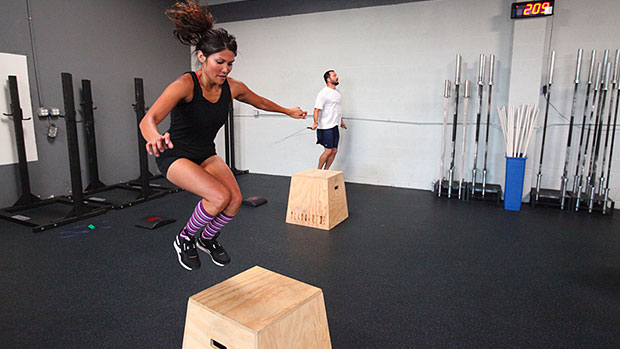
What they should be used for:
Box jumps are a fantastic way to develop the body's ability to be explosive by recruiting fast-twitch muscle fibers. They teach you how to develop a lot of force in a short period of time, thus training you to become more powerful. Doing a few box jumps before your strength workout will fire up your central nervous system (CNS), priming the body to train.
Another more advanced plyometric drill is the depth jump. The goal with a depth jump is to spend as little time on the ground as possible to facilitate the stretch-shortening cycle, which aids in power production. When you do these, you want to think of the ground as lava and hop right back up as soon as your feet hit.
What they should NOT be used for:
You shouldn't use box jumps as a conditioning/cardio tool. Doing high-rep box jumps when you're fatigued is a great way to get injured and seriously wreck the progress you're making in the gym.
As a side note, make sure the box you're jumping on is sturdy enough to hold you when you land. Using group fitness risers (aerobic steps) as your box and seeing how high you can jump is a great way to end up in the hospital.
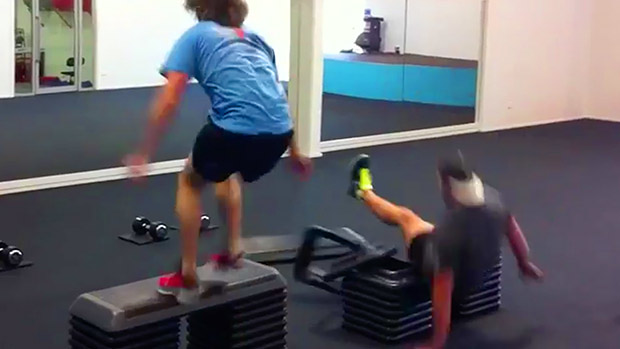
Who should use box jumps?
If you're an athlete who can squat about 1.5 times your bodyweight and you want to improve your explosive capability, by all means perform box jumps or depth jumps. If you don't know how to properly land and absorb force from your jump, lack appropriate relative body strength, or can't walk and chew gum at the same time, you're better off forgoing this exercise for now.

